The Evolution of Sports Cars: Comparing Design Trends Across Decades
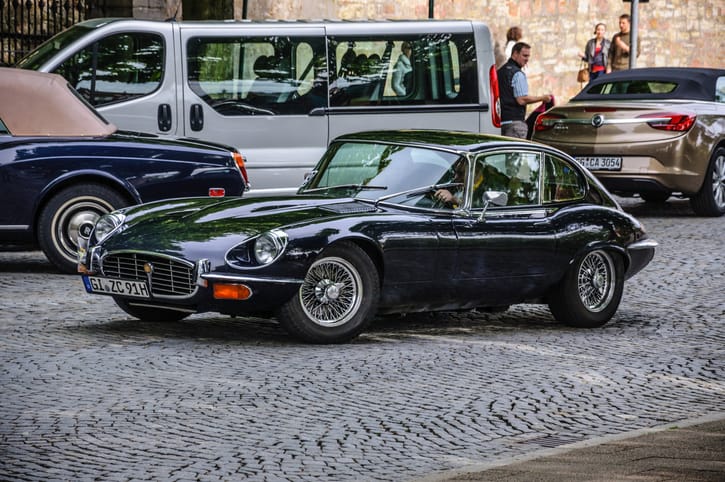
Sports cars. The very name conjures images of sleek machines, powerful engines, and a driving experience unlike any other. But the design of these automotive icons hasn't remained static. Over the decades, sports cars have undergone a fascinating evolution, reflecting not just changing tastes but also advancements in technology and engineering. Let's take a nostalgic journey through the ages, comparing design trends that defined each era.
The Early Days: 1920s-1940s – Power and Pioneering Spirit
The early days of sports cars were marked by a focus on raw power and lightweight construction. Think open-top roadsters with minimal creature comforts, prioritizing agility and speed over luxury. Pioneering brands like Bugatti, MG, and Alfa Romeo dominated the scene.
- Design hallmarks: These cars were often long and narrow, with a boat-tail rear end and a pointed hood. Headlights were typically exposed and rounded, adding to the car's aggressive stance.
- Engineering emphasis: Early sports cars were built on ladder frames for rigidity, with powerful, high-displacement engines at their heart. The focus was on creating a thrilling driving experience, with minimal driver aids or electronic intervention.
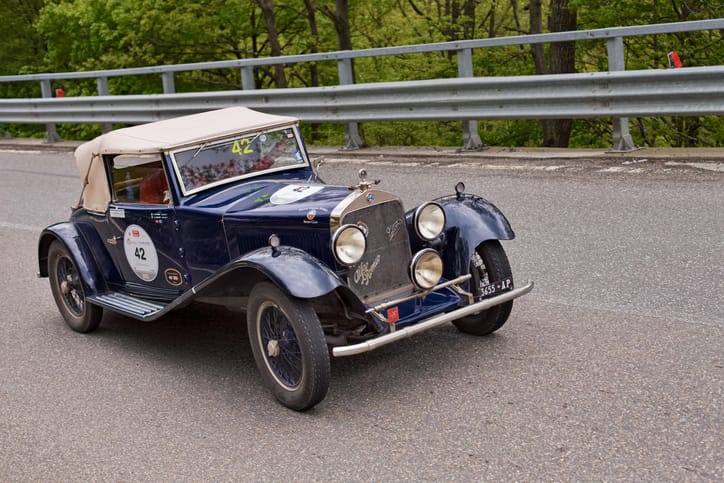
The Post-War Boom: 1950s-1960s – Aerodynamics and Elegance
The post-war era saw a surge in sports car popularity. European manufacturers like Ferrari, Jaguar, and Porsche rose to prominence, crafting iconic vehicles that balanced performance with a touch of elegance. Aerodynamics became a crucial design consideration.
- Design hallmarks: Cars became more curvaceous, with flowing lines and integrated headlights. The emphasis shifted towards a lower profile, with designs like the Corvette Stingray and the E-Type Jaguar epitomizing the era's aesthetic.
- Engineering emphasis: Aerodynamics played a bigger role, with designers incorporating features like sloping hoods and enclosed rear ends to improve downforce and stability at high speeds. Engine displacement remained high, but handling and responsiveness became equally important.
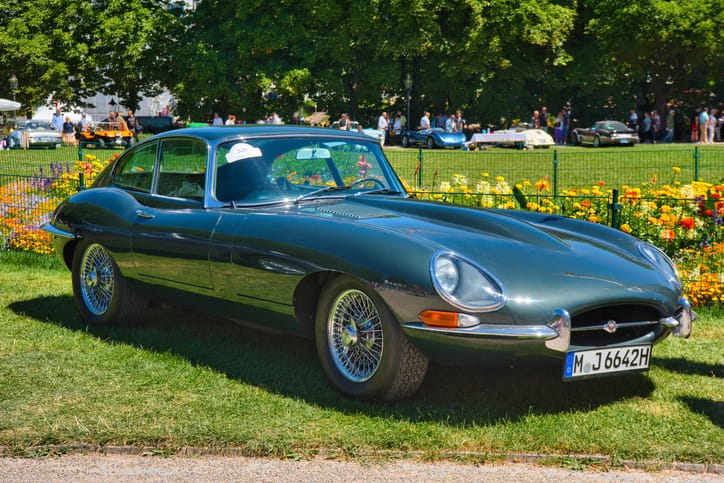
Muscle Mania: 1960s-1970s – American Power
Across the Atlantic, American muscle cars emerged as a distinct force. These bruisers were all about brute horsepower and straight-line acceleration. Brands like Ford, Chevrolet, and Dodge dominated the market.
- Design hallmarks: Muscle cars were typically large and imposing, with long hoods, short trunks, and prominent fenders. Bold, aggressive lines and prominent hood scoops were hallmarks of the era.
- Engineering emphasis: Big V8 engines were the heart and soul of muscle cars. Suspension and handling were often secondary concerns, prioritizing raw power over precision cornering.
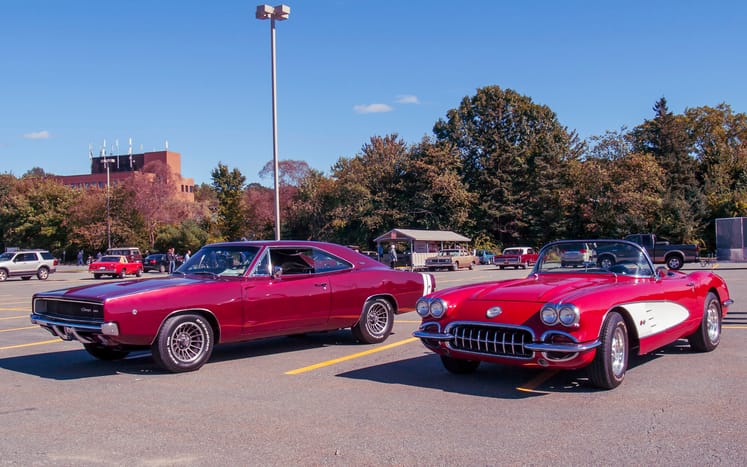
The Efficiency Era: 1970s-1980s – Downsizing and Refinement
The oil crisis of the 1970s forced a shift in priorities. Sports cars became smaller and lighter, with a focus on fuel efficiency without sacrificing performance. Japanese manufacturers like Nissan and Toyota began to make their mark.
- Design hallmarks: Cars adopted a more wedge-shaped profile, with sharp lines and pop-up headlights becoming a popular trend. Aerodynamics became even more crucial as manufacturers sought to maintain performance with smaller engines.
- Engineering emphasis: Smaller, fuel-efficient engines became the norm, often paired with technological advancements like turbochargers to maintain power output. Handling and driver engagement remained important aspects.

Technological Advancements: 1990s-2000s – Power, Precision, and Tech
The 1990s and 2000s witnessed a new era of technological innovation in sports cars. Materials science, computer-aided design, and advanced engine management systems led to a new breed of high-performance machines.
- Design hallmarks: Sports cars became more sculpted and purposeful, with integrated spoilers and aggressive body kits becoming commonplace. Aerodynamics reached a new level of sophistication, with features like diffusers and underbody panels optimizing airflow.
- Engineering emphasis: Powerful, high-revving engines were complemented by advanced electronic aids like traction control and anti-lock braking systems. Lightweight materials like carbon fiber found their way into high-end sports cars, further enhancing performance.
The Green Revolution: 2010s-Present – Sustainability and Performance
The 21st century has seen a growing focus on sustainability in sports cars. Hybrid and electric powertrains are making significant inroads, offering thrilling performance alongside environmental consciousness.
- Design hallmarks: Aerodynamic efficiency remains paramount, but with a focus on a sleeker, more futuristic aesthetic. Some electric sports cars even adopt radical designs that wouldn't be possible with traditional engines.
- Engineering emphasis: Hybrid and electric powertrains are pushing the boundaries of performance, offering instant torque and blistering acceleration. Traditional gasoline engines are becoming more traditional gasoline engines are becoming more refined and efficient, with technologies like direct injection and cylinder deactivation helping to reduce emissions. The focus is on achieving a balance between power, efficiency, and driver engagement.
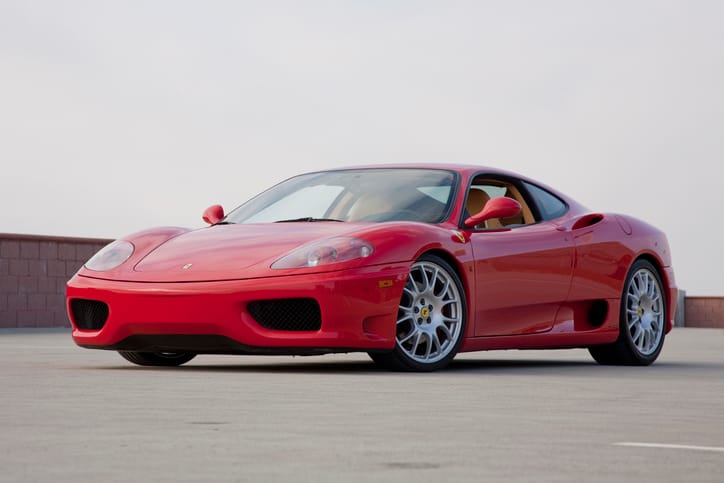
The Future of Sports Cars
The future of sports cars is likely to be a fascinating blend of tradition and innovation. Here are some potential trends to keep an eye on:
- Further electrification: Electric and hybrid powertrains will continue to evolve, offering even more power and range. We might see the rise of fully electric sports cars that rival or even surpass the performance of traditional gasoline-powered machines.
- Advanced driver assistance systems (ADAS): ADAS features like adaptive cruise control and lane departure warning are likely to become more commonplace in sports cars, enhancing safety without compromising the driving experience. However, there will likely be a focus on making these features unobtrusive and able to be switched off for purists.
- Lightweight materials: The use of lightweight materials like carbon fiber and advanced composites will become even more widespread, helping to improve performance and efficiency.
- Personalized driving experiences: Technology will allow drivers to customize their experience, adjusting settings for steering, suspension, and engine response to suit their preferences.
Despite these advancements, the core essence of the sports car is unlikely to disappear. The thrill of acceleration, the precision of handling, and the joy of connecting with a machine on a winding road will continue to be at the heart of the sports car experience. The future promises to be an exciting time for these automotive icons, with a new generation of enthusiasts ready to experience the joy of driving a truly special machine.
Conclusion
The evolution of sports cars reflects a constant push for better performance, efficiency, and aesthetics. From the early days of raw power to the cutting-edge technology of today, these machines have captured the imagination of car lovers for over a century. As we move towards a future shaped by sustainability and innovation, one thing is certain: the spirit of the sports car – a thrilling blend of power, handling, and driving passion – will continue to inspire and excite for generations to come.
